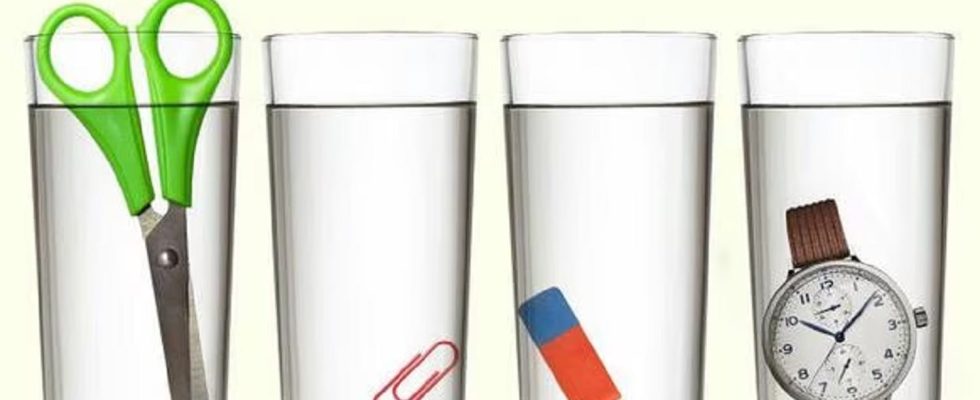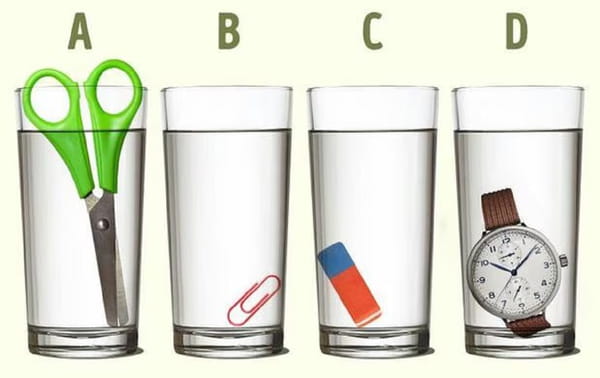This intriguing challenge will help you develop your observation and perception skills. So, are you ready for the challenge?
This visual perception test will blow your mind! By participating in challenges, our brain is stimulated to work harder to improve visual processing and memory. Below you will find a visual challenge in which you must decide which glass contains the most water. For this, you will only have 4 seconds. Will you be able to complete the test successfully? Before that, it’s important to point out that this challenge also explores your attention to objects inside glasses and how they can affect responses.
To make your challenge even more exciting, you can use a stopwatch and time 4 seconds to give your answer. Sharing this activity with friends and family can also make this time even more fun! Competitiveness will further stimulate your perspective and observation of details. Now, without further ado, let’s get down to business. Look carefully at the picture below and answer: in which of these glasses is there more water?
So, did you find this challenge easy or difficult? Let’s go to the answer! If you answered the second drink, you are right! The paper clip takes up less space in the container, so everything else in the container is filled with water. The other objects in the other glasses are much larger than a paperclip and therefore take up more space, leaving less water in the container. You found ? Share your time and feedback on our Facebook page by clicking here !
Paying attention to detail is crucial in everyday life, whether professional, personal or emotional. This is because certain daily activities require our visual acuity, that is to say our ability to observe. To improve your visual perception through challenges, it is important to practice regularly and in a varied way, exploring different types of tests, difficulty levels and visual styles.
Over time, you may notice a significant improvement in your image perception and interpretation skills, which can be helpful in a variety of everyday life situations, such as map reading, identifying objects and architecture works of art.

